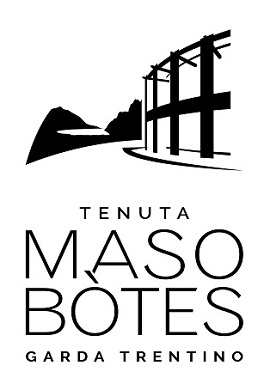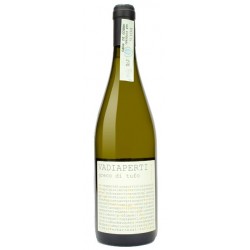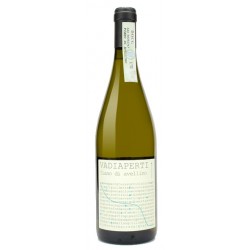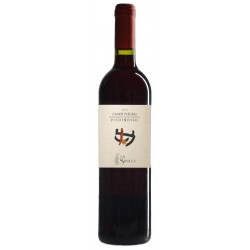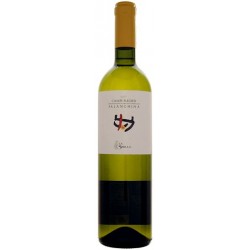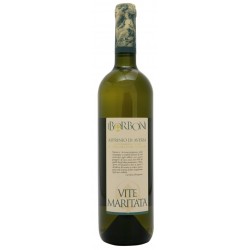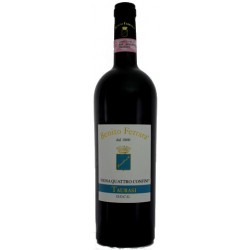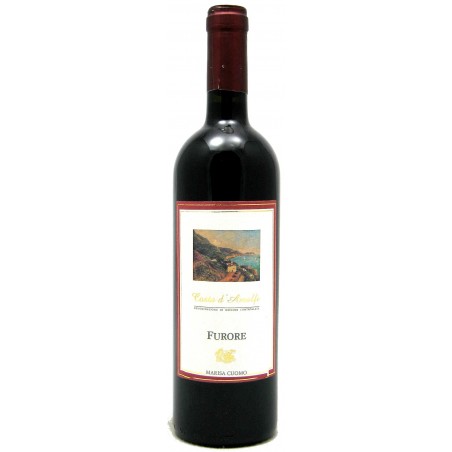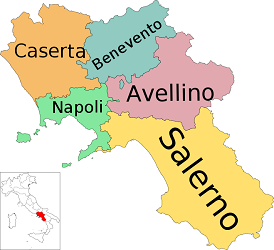
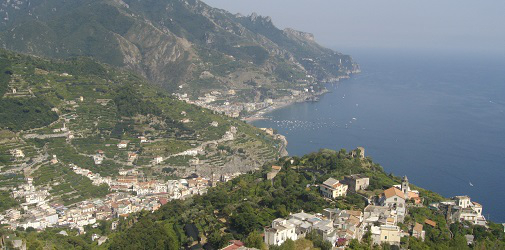
History and Tradition
The first inhabitants of today’s Campania were the Aurunci and the Opici of Greek origins. They settled at Cuma, north of present day Naples in the 8th century B.C., but in the 6th century B.C., their settlementsfell to the Etruscans, who in turn were overtaken by the Sannites. In the 4th century B.C. Campania was annexed by the Roman Empire and given the name Campus or “plain” from which the area derives the current name. Under Roman organization and rule, the region enjoyed a period of relative peace until A.D. 79, when the volcano Vesuvius suddenly and violently erupted burying the neighboring cities of Pompeii and Herculaneum under a sea of melted lava and suffocating ash.
When the Roman Empire collapsed, the Goths and the Byzantines struggled for power through the fifth and sixth centuries until the Longobards entered the scene and conquered the area. The Normans came next, founding the kingdom of Sicily that was later renamed the Kingdom of Naples and the Two Sicilies.
The French Bourbons brought the last foreign domination over Italian soil, and in the 19th century Naples became the capital of southern Italy and of the Angevin Kingdom. The new rulers made some attempts to reclaim the numerous marshes surrounding Naples and occupied a wide part of the plains that became available through the drainage the of the land. With the unification of Italy in the 19th century, industrialization bids in ship building took place in Campania, but were crushed by competition from the more industrially advanced and cash-rich northern regions. Today though, Campania is among the most industrialized regions in the country.
Its unique cuisine, which gave the world such universally loved dishes as pasta and pizza, is something to indulge in when traveling to the area. In addition, be sure to try the Neapolitan coffee, a brew stronger than the regular Italian espresso, as well as limoncino, a lemon-based liqueur that in recent years has taken the country by storm and is being imitated all over Italy.
The Wines
Records show that wine making has been going on in this region since the 13th century B.C. As much else in this region, traditionally wines are intended for immediate pleasure and consumption. This has led many to consider the local wines as second-class products, a thought strongly expressed by Burton Anderson in his 1990 "Wine Atlas of Italy", where he bluntly states that the noteworthy winemakers in the region could be "counted on one’s fingers".
The last decades of the last century though, have seen a dynamic resurgence in Campania and distinctive wines have popped up in many provinces, bringing the DOCdenominations from nine in 1975 to 19 by the end of 2000.
Especially in the Taurasi DOCG zone, a handful of winemakers have been pro-actively producing wide arrays of notable reds and whites that have acquired national respect. In addition to Taurasi, there are two other “boutique” reds that debuted in 1994 and have since acquired a respectable status in Italy.
The arguably best-known Campania wine is the Lacrima Christi or, “Tears of Christ”. Though, in the past, it was so overproduced that it almost ruined its reputation, in more recent years serious efforts have been made by local winemakers to restore its former status and have so far met with some success.
Campania has several native grapes such as Fiano, a grape known to the Romans asViti Apiana, Greco, that was first introduced by the Greeks, Coda di Volpe, so named by Pliny after the shape of the grape cluster and Pedirosso.

.png)
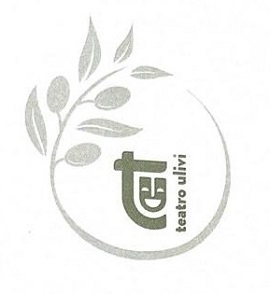

 - Copia.png)

 - Copia.jpg)

